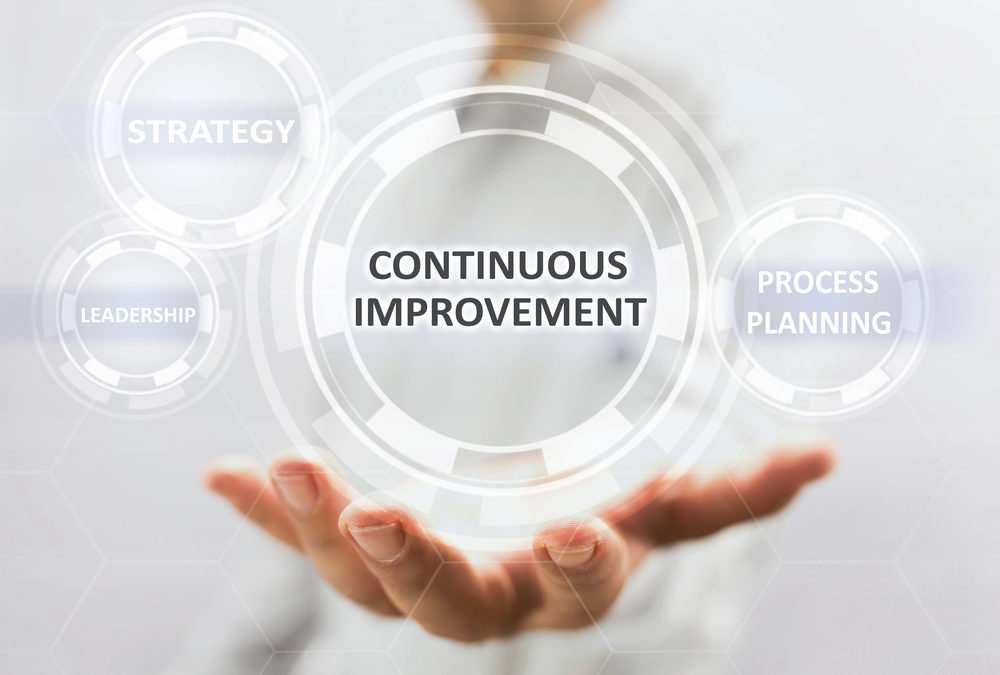Professional development is a life-long process that requires a concerted effort of continuous learning to maintain knowledge and skills in a rapidly changing environment. Just as professional development is essential to career prominence, continuous business improvement is vital to the longevity of your company.
There are many methodologies for continuous business improvement, such as Lean Six Sigma. Quality Magazine defines being lean as maximizing customer value through the elimination of waste. Six Sigma focuses on eliminating variability. Combined, these two principles reinforce each other to create a more effective improvement strategy.
Traditionally thought of as a strategy implemented only in manufacturing operations, Lean Six Sigma has expanded and can be applied in a variety of industries. For example, Ellis Medicine is a healthcare system based in New York. The company began introducing this methodology in 2013 by visiting a dynamite factory. Ultimately, Ellis saved an excess of $1.8 million to complete a total of seven projects ranging from bed & equipment rentals to safe patient handling by using Lean’s Plan Do Study Act and Six Sigma’s approach:
- Define
- Measure
- Analyze
- Improve
- Control
Facing pressures from corporate clients to control legal costs, Louisiana law firm Kean Miller began using Lean Six Sigma to reduce waste and improve performance through collaboration. To help program implementation, the law firm brought in Catherine Alman MacDonagh, a former corporate counsel and founder of the Legal Lean Sigma Institute to train its lawyers. Kean Miller focused on directing work to whomever has that specialty and can do it most efficiently, while providing some form of predictable pricing to the corporate client.
To work effectively, continuous business improvement methodologies rely on employee engagement and feedback to promote operational excellence. Brett Wood, president and CEO of Toyota Material Handling North America, a company known for its Kaizen production system, offers the following best practices to facilitate team empowerment and program implementation:
- Educate your associates on what is expected of them
- Engage your associates in making changes
- Empower your associates to make the changes
- Consistency is a key factor in continuous improvement
- Develop new visualization tools to help all associates visualize what is happening in your business
- Practice genchi genbutsu – go to the place where the work is done and see with your own eyes what is going on
- Visit customers and ask for their ideas
- Look for kaizen opportunities in the office environment
- Culture is king
What business improvements are you working on to differentiate your company? Are you involving your whole team?

